“Many people attack the sea, I make love to it”
Jacques Cousteau
Six prestigious Canarian photographers or residents in the Islands specialising in underwater images have gathered the best pictures taken over 30 years in the seabeds of the Archipelago in the book Abama Blue Ocean, a love letter written through the lenses of their cameras showcasing whales, dolphins, sharks, turtles, and siphonophores that roam the waters of Canarias.
The informative publication is led by the committed videographer and underwater photographer Francis Pérez who, with this work, aims not only to give a face to the species inhabiting the seabeds of the Islands, specifically in the Teno-Rasca strip located between La Gomera and Tenerife, but also to raise awareness about the importance of protecting both the aquatic diversity of the Canary Islands and that of the rest of the planet’s oceans.
Alongside photographers Eduardo Acevedo, Joaquín Gutiérrez, Montse Grillo, Marcos Latorre, and Rogelio Herrera, the latter recently deceased to whom Abama Blue Ocean pays a special tribute, Pérez and his brilliant professional colleagues unite efforts in the book with the aim of drawing attention to the need to reduce pelagic species fishing, change the consumption habits of these species through education, achieve a reduction in plastic consumption to prevent sea pollution, and promote the development of scientific research that serves as the seed for the creation of Marine Protected Areas, insufficient even though the area between the east of La Gomera and the southwest of Tenerife, with a total surface of 69,489.68 hectares, constitutes the only whale sanctuary in the European Union and the third globally due to hosting an important permanent community of cetaceans in its waters.

Portuguese caravel catching a fish between its tentacles. / Eduardo Acevedo
Limited to the west by the Gomeran municipality of San Sebastián de La Gomera, it is Tenerife where the Teno-Rasca marine strip has the greatest incidence, bathing the coastline of the municipalities of Buenavista del Norte, Santiago del Teide, Guía de Isora, Adeje, and Arona.
This area has been designated as a Special Conservation Area (SCA) since September 2011, a status within the Natura 2000 Network aimed at ensuring the long-term survival of Europe’s most threatened species and natural habitats, helping to stop the loss of biodiversity caused by the adverse impact of human activities.
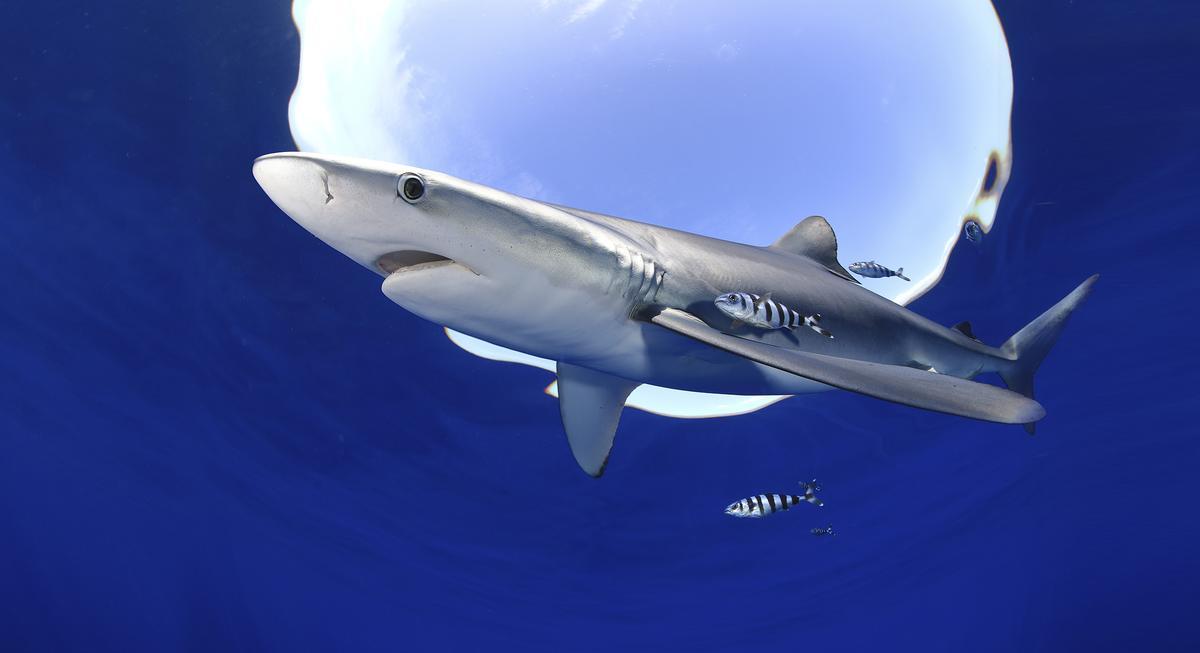
Blue shark. / Joaquín Gutiérrez
In this marine strip, a colony of over 500 short-finned pilot whales (Globicephala macrorhunchus) lives throughout the year, spread over an area of 22 kilometers between the Rasca Lighthouse and Punta de Teno.
In addition to the short-finned pilot whale, also known as the short-finned pilot whale, common in the privileged channel that runs between La Gomera and Tenerife, as well as the rest of the Archipelago, other species such as the Bryde’s whale (Balaenoptera brydei); humpback whale (Megaptera novaeangliae); bottlenose dolphin (Tursiops truncatus); common dolphin (Delphinus delphis); Atlantic spotted dolphin (Stenella frontalis); blue shark (Prionace glauca); whale shark (Rhincodon typus); loggerhead sea turtle (Caretta caretta); green sea turtle (Chelonia mydas); leatherback sea turtle (Dermochelys coriacea), and colonies of Portuguese man o’ war (Physalia physalis), twelve marine varieties that are the protagonists of the 55 underwater photographs gathered throughout the 235 pages that make up the book Abama Blue Ocean, although 26 of the more than 79 cetacean species that inhabit the entire planet, including orcas, transit through the waters of the Islands all year round.
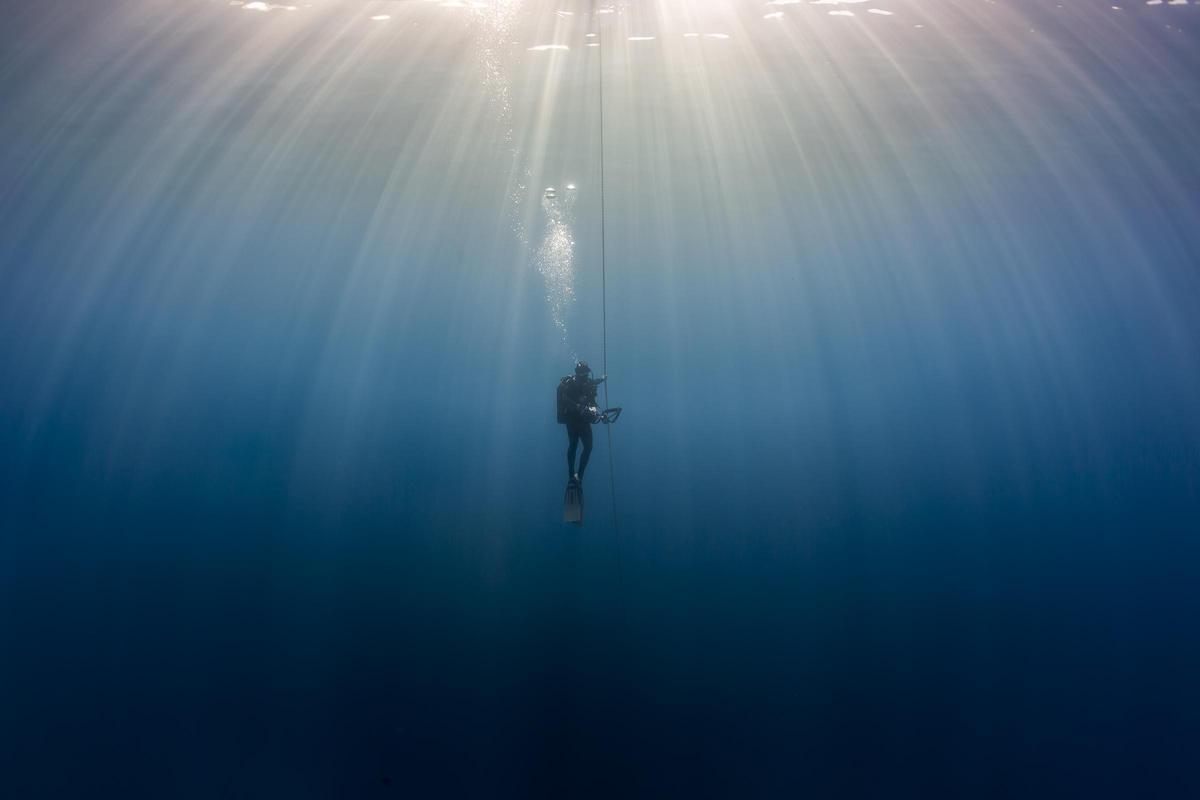
Submariner. / Francis Pérez
Francis Pérez, who emphasises that despite this natural wealth of the Canary Islands “the Islands also have many dark spots”, is a member and president of Pelagic Life Canarias, just like Eduardo Acevedo, Joaquín Gutiérrez, Montse Grillo, Marcos Latorre, and the late Rogelio Herrera.
On the well-documented fact that cetacean populations in our autonomous community have been.Decreasing steadily over the past decade, a reality blamed by the University of La Laguna (ULL) for the collisions of fast ferries with these animals, Perez insists that Abama Blue Ocean must help establish “appropriate management plans for the proper protection of the Teno-Rasca marine area”.
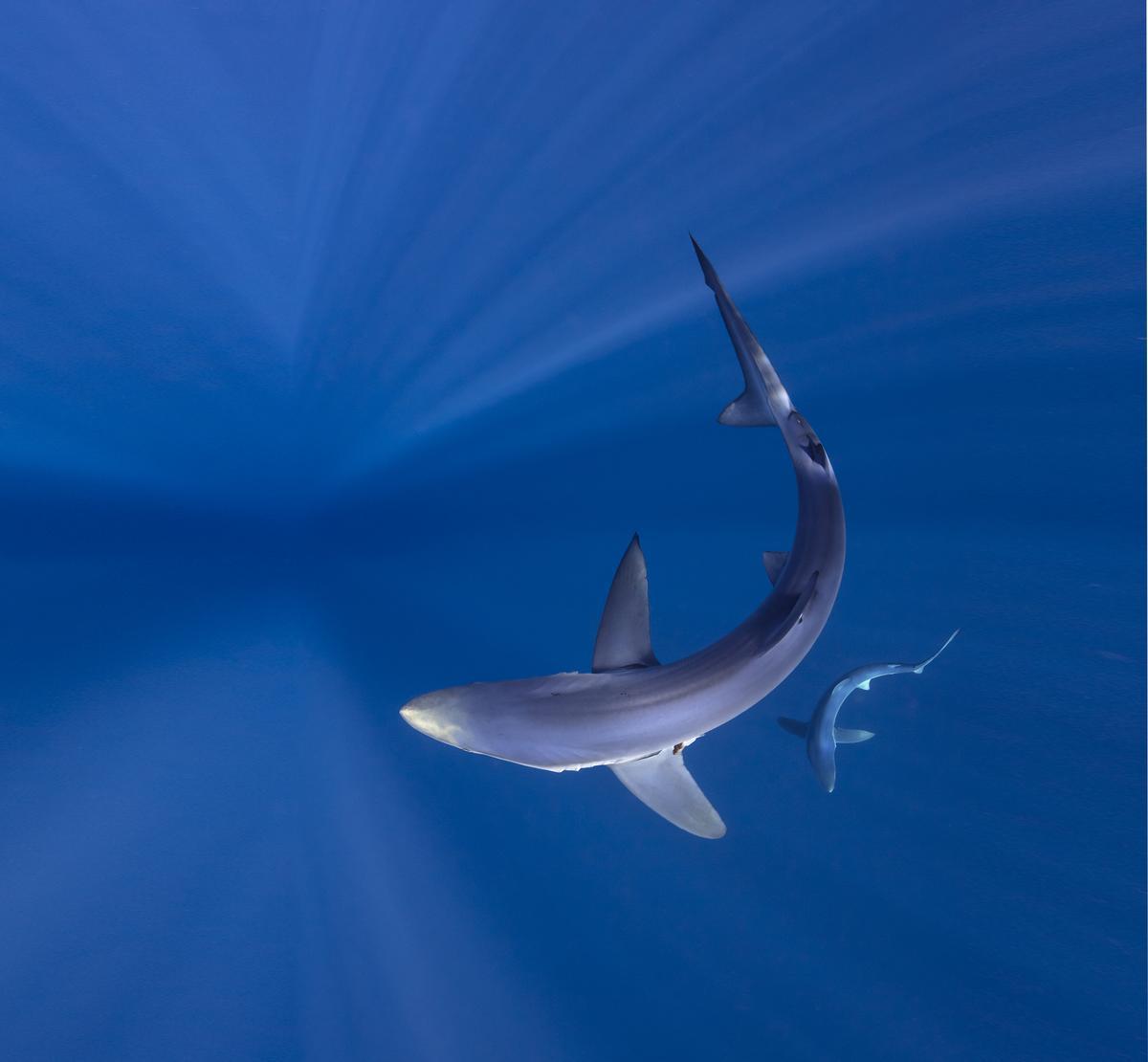
School of sharks. / Marcos Latorre
Marine traffic, noise pollution, and the presence of plastics in the waters of the Archipelago are among the factors attributed by the scientific community to the decreased presence of these species. “We must reduce infrastructures that may go against conservation,” says Francis Perez.
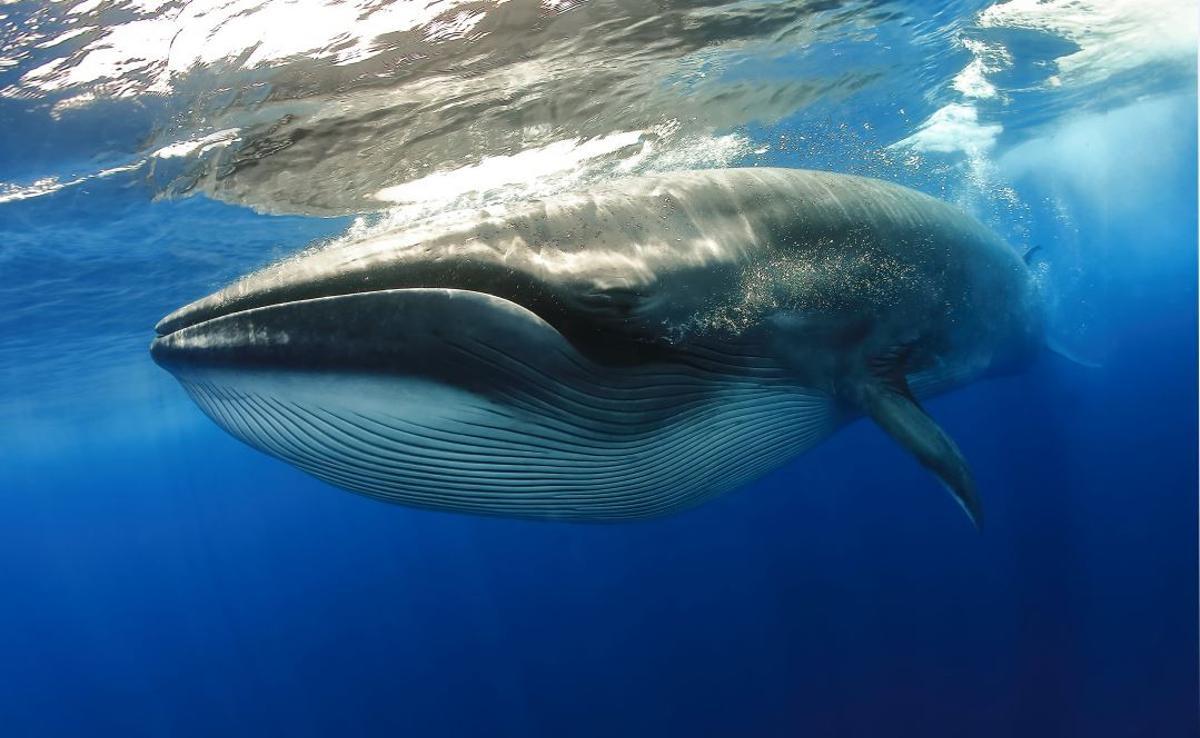
Bryde’s whale. / Eduardo Acevedo
In fact, the sea surrounding the bay of Abama beach hosts the largest population of this species in all of Europe, moving in groups of ten to thirty individuals, with a matriarchal social structure: grandmothers and mothers play a crucial role.
The large concentration of giant squids in the area, with one of the highest sighting rates in the world, is one of the reasons why the population of tropical pilot whales remains stable in Teno-Rasca, as they are one of the favorite foods of these animals.
Research for Protection
[–>
In addition to photographs, the book showcases the most relevant research projects being developed in the area to contribute to the protection of its biodiversity, reflecting the work of the Tonina Association, the Bioecomac research group (Biodiversity, Marine Ecology, and Conservation) associated with the University of La Laguna (ULL); and the EOMAR research group (Eco-physiology of Marine Organisms) from the Ecoaqua institute at the University of Las Palmas de Gran Canaria (ULPGC), encompassing a wide range of initiatives.
Photo-identification is one of these techniques, widely practiced in the tropical pilot whale community, whose dorsal fins and scars are unique to each individual, allowing for tracking the life and habits of each population member.
Scientists have been able to determine the number of residents and migrants, births and deaths, and explore various aspects of their social groupings and behavior.
Other techniques include satellite tagging with a device called DTAG, allowing tracking behavior at depths unattainable by humans, as well as conducting acoustic studies exploring communication and how each species is affected by artificial noise. Genetic research has also been conducted, along with faecal collection to better understand feeding habits and population health. Finally, regarding how plastic pollution is affecting the food chains in the Teno-Rasca area, it has been shown that turtles, cetaceans, sharks, and other plankton-eating animals are at risk not only of ingesting microplastics but also from getting entangled in abandoned fishing gear that contributes to the accumulated waste.
“This is the first serious initiative to visually document the underwater life of this unique natural space in the world, and the work being done for its conservation. It has been 20 years since Abama Resort Tenerife was founded and since Abama Luxury Residences,” states Elodie Casola, director of marketing and communications of the entity, “we believe it was our responsibility to showcase to the world the beauty and richness we have to contribute to its protection.”
Marcos Latorre
[–>
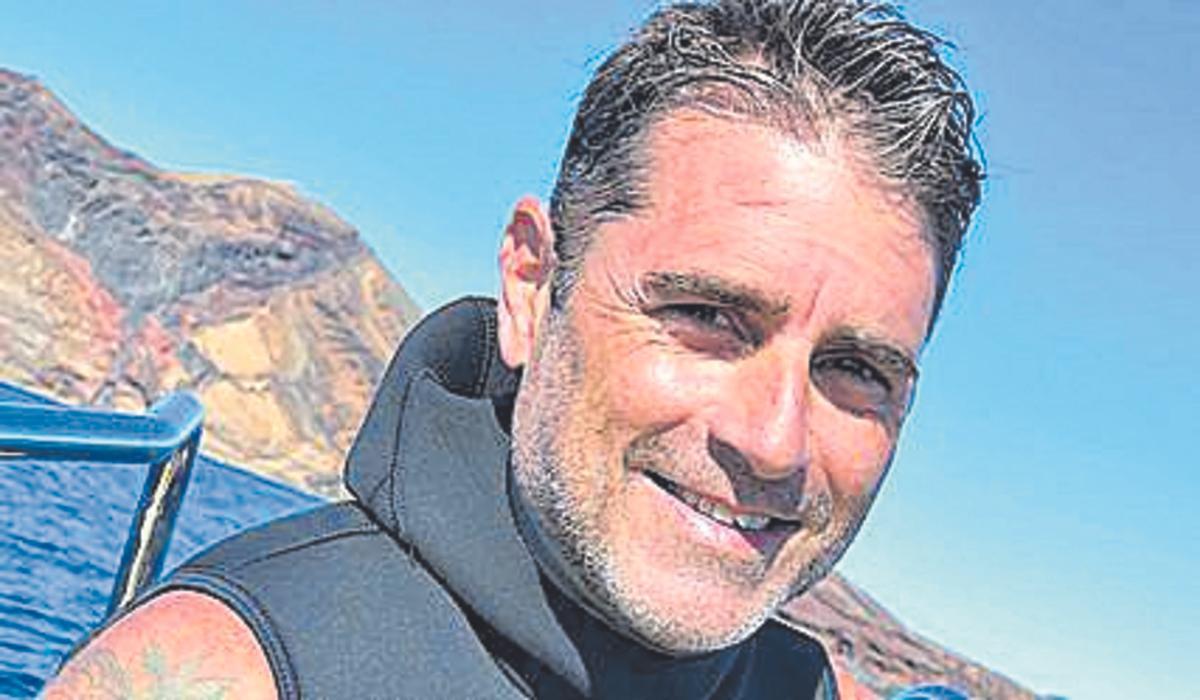
Marcos Latorre. / La Provincia
A resident of the Canary Islands, this industrial engineer from the Polytechnic University of Catalonia (UPC), specializing in Mechanics, is an expert in the development of underwater filming equipment. With extensive experience in handling professional 360-degree underwater cameras, conventional video recording, and photography in underwater environments. He is currently the head of the Technology department at the company I Love the World, which creates audiovisual content from Tenerife for promotion, advertising, dissemination, outreach, and awareness.
Eduardo Acevedo – The Underwater Photographer
[–>
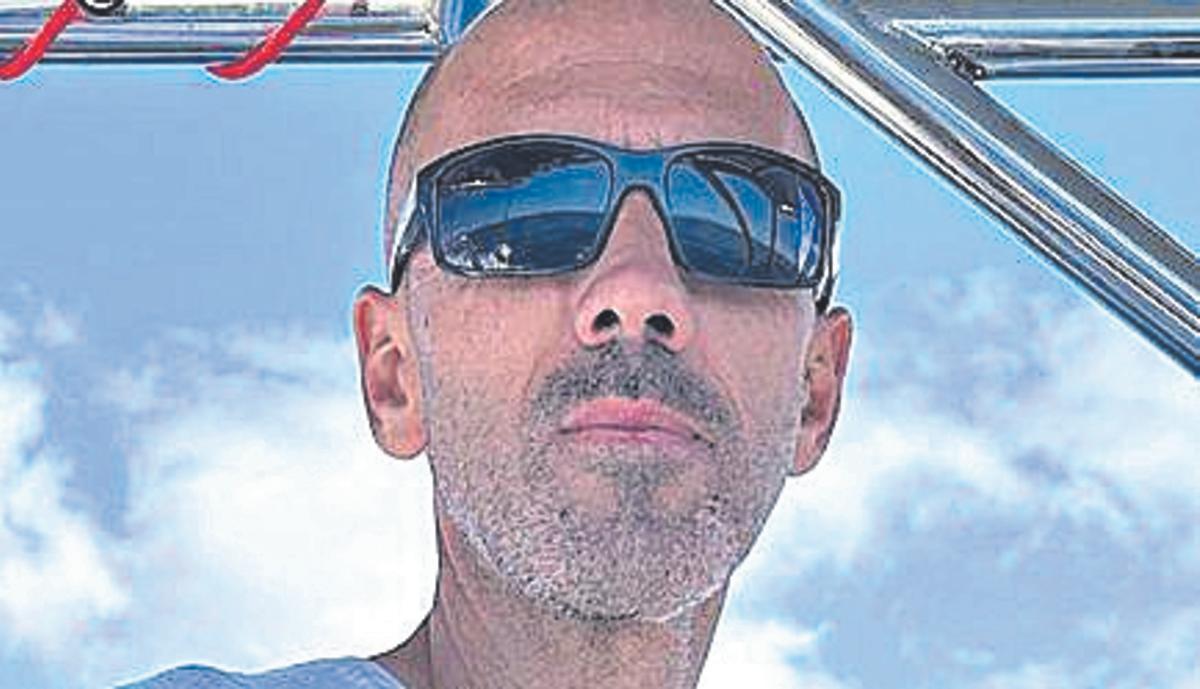
Eduardo Acevedo / La Provincia
Canarian photographer Eduardo Acevedo started diving in 1989 and has been professionally engaged in underwater photography since 1998. Throughout his career, he has won several prestigious competitions, including the Underwater Photography of the Year in 2019 in the Marine Conservation category for a photograph of a caretta turtle in the Atlantic Ocean, off the coast of the Canary Islands. It is an individual caught in a net from which it seems impossible to escape (although Acevedo and a partner freed it).
Rogelio Herrera – Legacy in Marine Conservation
[–>
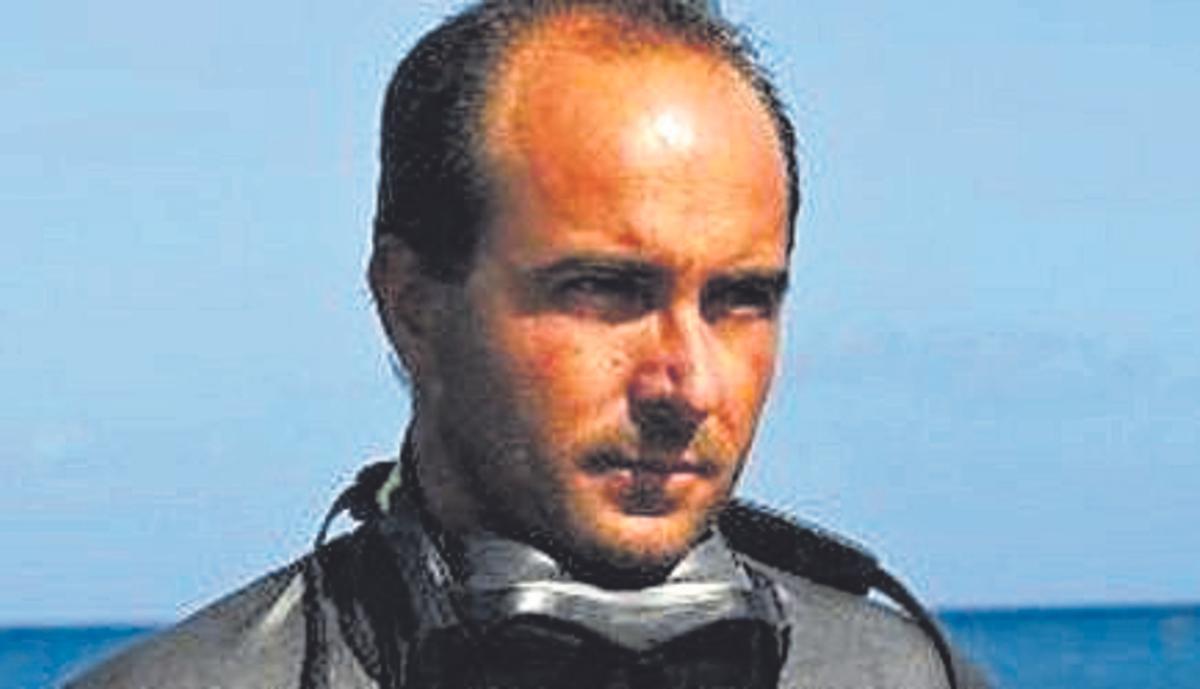
Rogelio Herrera / La Provincia
The late Rogelio Herrera, Ph.D. in Marine Sciences from ULPGC and oceanographer at the Biodiversity Service of the Canary Islands Government, promoted the natural values of Playa Chica and the Cagafrecho area, driving conservation efforts in the area. He was an expert in environmental management and always advocated for facilitating the development of the blue economy while ensuring the conservation of the area for sustainability. One of his great passions was underwater photography, through which he wanted to visually advocate for the protection of the marine biodiversity in our coasts. Abama Blue Ocean is dedicated to his memory.
Joaquín Gutiérrez – The Explorer of the Deep
[–>
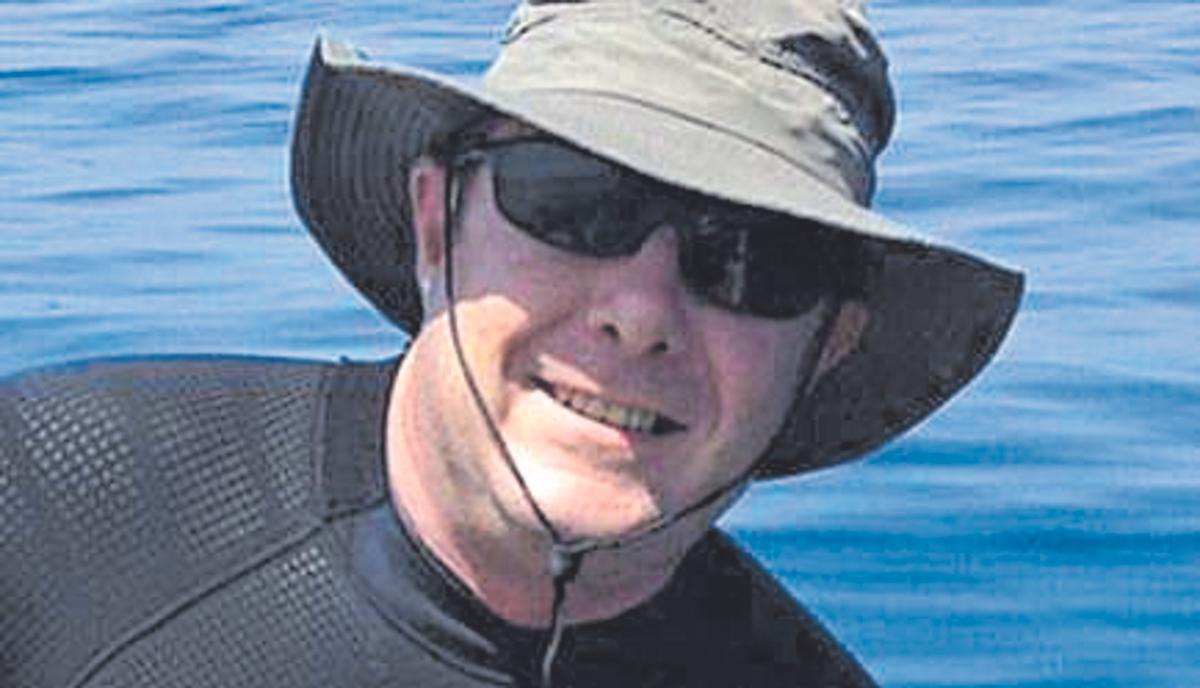
Joaquin Gutierrez / La Provincia
Born in Andalusia but adopted by the Canary Islands, he has been diving since ’95, a hobby he owes to his father who instilled in him a love and respect for the sea from a young age. About 15 years ago, he started dedicating himself to underwater photography, a hobby that turned into his greatest passion. Since then, he has travelled around the world, showcasing his work in specialised media such as Sport Diver, Tauchen, Underwater, or Asian Divers, earning renowned awards like the Los Angeles Underwater Photographic Society Competition in 2012 or the Nature Best Photography Ocean Views Competition in 2013, 2014, and 2017, among others. He is the author of the photo of the blue shark featured in the 2nd image below on the next two pages.
Montse Grillo – Champion of Marine Life
[–>
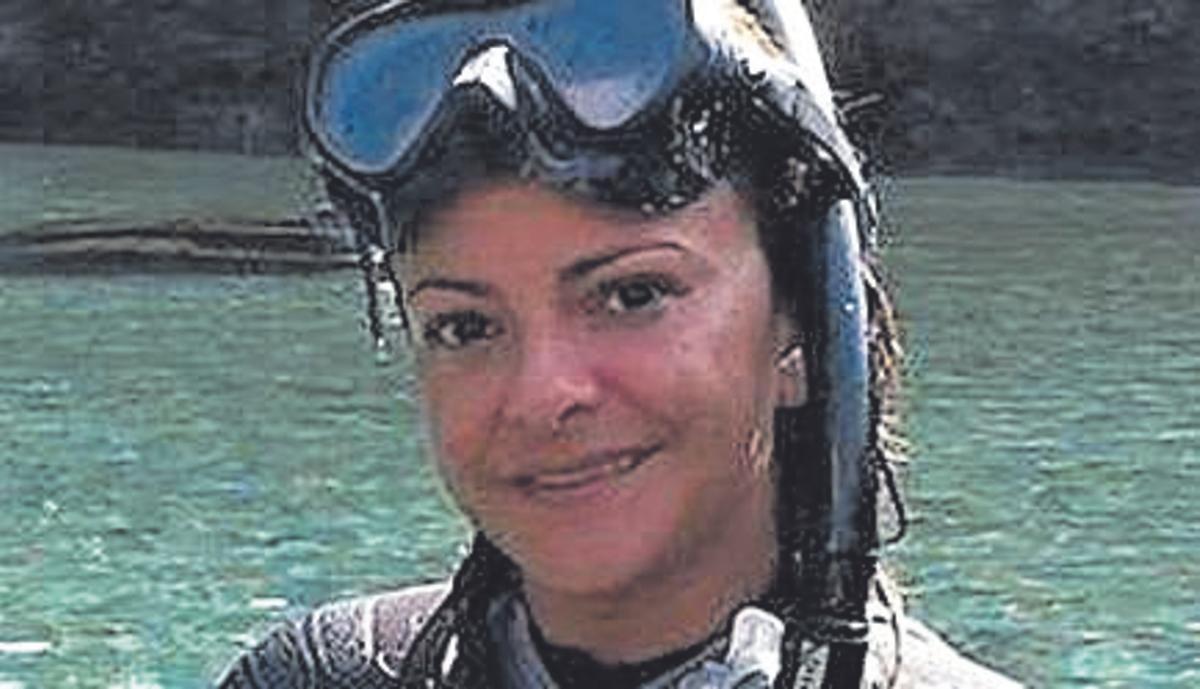
Montse Grillo / La Provincia
Residing in Tenerife, Montse Grillo ventured into underwater photography in 2011, dedicating several years of her life to studying green turtles and collaborating on research projects with various institutions. From the beginning, her work has received prestigious awards in worldwide competitions. Particularly, the photo of a turtle caught in fishing nets displayed in the exhibition received an honourable mention in the Human and Nature category at the prestigious GDT European Nature Photography contest. Her work has been featured in numerous renowned magazines.
[–>
Francis Pérez – Exploring the Depths
[–>
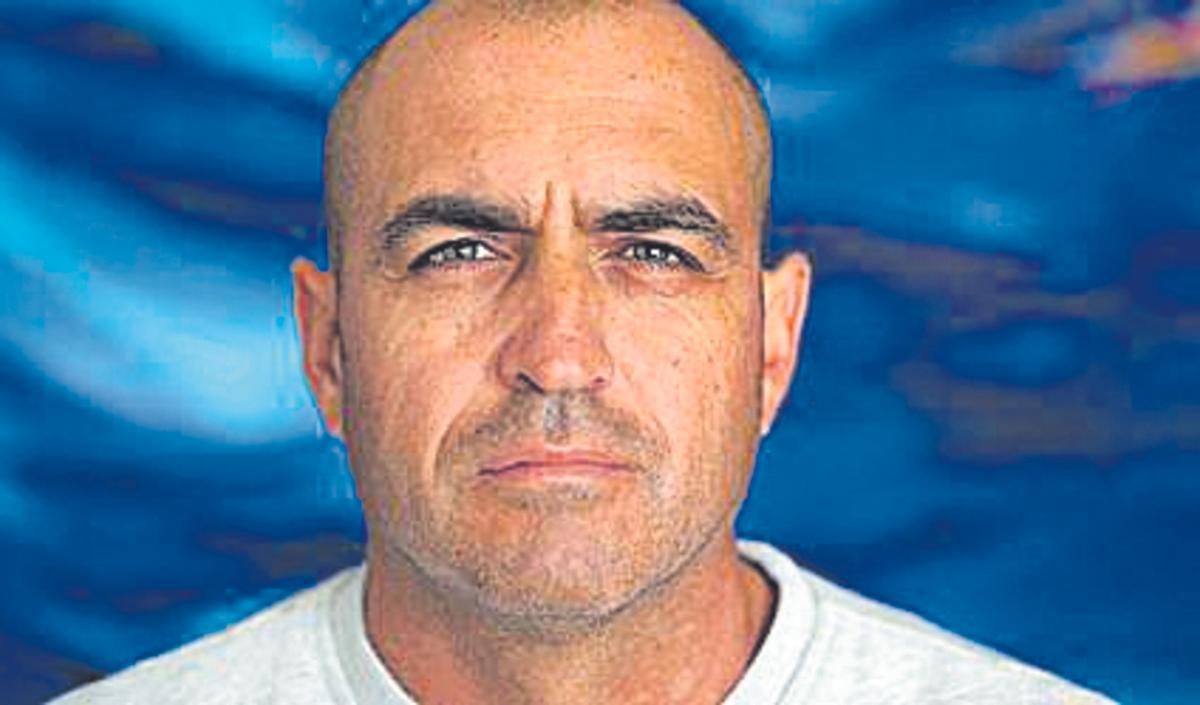
Francis Perez / La Provincia
Canarian Francis Pérez is an economist and professional underwater photographer. A sea lover, he captures the underwater world with his unique style. His photographs portray his world in locations across half the planet, especially Canary Islands, his favourite diving spot. He started diving in 1994 and ventured into underwater photography in 2001 with an analogue reflex camera. Self-taught initially, he is a regular contributor to National Geographic on marine biodiversity themes in the Canarian waters. He has been awarded numerous international prizes, including the World Press Photo 2017.
Subscribe to continue reading
















